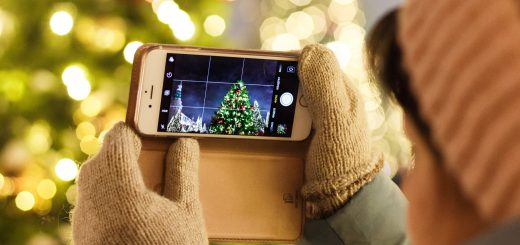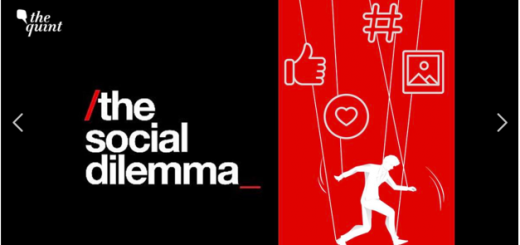Screen Time and Mental Health
 If you have an iPhone or keep some sort of track on the latest technology, then you know that one of Apple’s most recent update for iOS 12 included Screen Time, letting you know how much time you spend on your phone. This includes information about how much time you spend on specific websites and apps. For those who are brave enough, you can see here how to enable the feature and see how much time you spend on your phone.
If you have an iPhone or keep some sort of track on the latest technology, then you know that one of Apple’s most recent update for iOS 12 included Screen Time, letting you know how much time you spend on your phone. This includes information about how much time you spend on specific websites and apps. For those who are brave enough, you can see here how to enable the feature and see how much time you spend on your phone.
As the conversation about technology and young people continues, so do the questions about the how being connected all the time can affect children and adolescents. This is especially true when the majority of the time, time spent on screens for fun is mostly used on social media. It’s easy to get sucked into endless feeds and explore pages, and with infinite scrolling, it seems like there’s no bottom to reach.
 A recent study explored this relationship, looking at over 40,000 children and adolescents from as young as 2 to 17 years old. Their caregivers answered questions regarding how much time their child spent using anything that involved a screen for fun. This involved not just cell phones, but TVs, computers, and video games. On average, the total amount of time children and adolescents spent using screens was about 3.5 hours a day. The older the person was, the more likely they were to spend longer on their phones. The largest increase in screen time use occurred when children entered middle school, and by high school, teenagers on average spent about 4.5 hours on screens a day.
A recent study explored this relationship, looking at over 40,000 children and adolescents from as young as 2 to 17 years old. Their caregivers answered questions regarding how much time their child spent using anything that involved a screen for fun. This involved not just cell phones, but TVs, computers, and video games. On average, the total amount of time children and adolescents spent using screens was about 3.5 hours a day. The older the person was, the more likely they were to spend longer on their phones. The largest increase in screen time use occurred when children entered middle school, and by high school, teenagers on average spent about 4.5 hours on screens a day.
From there, the study discovered that those who spent a large amount of time on their screens a day – more than 7 hours – were twice as likely to have a lower psychological wellbeing and twice as likely to be diagnosed with depression. Though not as strong of an effect, those with “moderate” screen usage, or about 4 hours a day, were also significantly lower in wellbeing compared to those who only spent an hour a day looking at a screen.
While there are flaws with the study, mostly that the caregivers were reporting on their kid’s usage versus those who are actually using the devices, there might be a relationship with mental health and how long we spend looking at a screen, particularly with cell phones. For those who feel that the amount of time you spend on specific apps, or just on your phone in general, is taking a toll on their mental health, Screen Time isn’t there just to shame you for your phone usage, but to help you gain some control on what you see and how long you want to see it for. For example, you can tell your phone to lock you out of Instagram once you’ve used it for an hour during the day. Some may feel that this can help them, and by looking at a screen less, they can look at other activities that can keep them busy and also help their mental health.
How often do you think you spend leisurely looking at screens? What do you think you spend most of your time looking at? Do you think phone usage is something you would want to have more control over?




Recent Comments